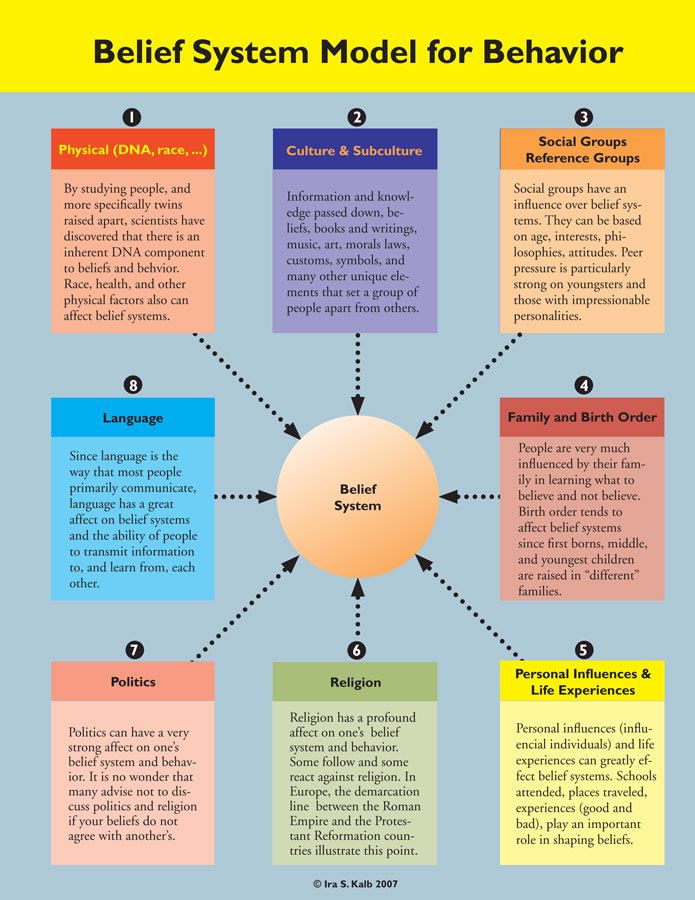
What makes marketing so difficult is you have to penetrate the complex web of belief system filters in buyer brains before you have a prayer of selling your products. These filters exist to screen out distractions so your brain can focus on protecting you from threats that can cause you harm. What’s worse is that marketers also have belief system filters in their brains that too often deceive them too. If the skeptical filter in your brain is screening out what I just said, you might want to read a really excellent post by Michael Aagaard with the headline “Your Brain is Lying to You — Become a Better Marketer by Overcoming Confirmation Bias.”
20,000 ad messages a week
Competent marketers know that the average buyer brain is exposed to numerous distractions. In addition to processing all the information coming from human bodily functions, the average brain is exposed to 20,000 ad message a week at the rate of 3,000 per day. Since no brain can process all this information, filters exist to screen out information that is not deemed essential or important. There is no problem if your prospects screen out the messages of competitors, but you’ll have a big problem if they block yours.
Belief systems are unique and complex
Brain filters are created from numerous sources including your DNA, national origin, language, religion, political beliefs, sex, sexual preferences, birth order, life’s experiences, geographical location, and so many others. Because of this complexity, buyer brains simplify the world to be available for important events and emergencies. During this simplification process, brains put a “spin” on the information received. Whether true or not, that spin puts the information in a context that is compatible with belief system filters.
Politics and religion
The recent US election provided an example of this process where Trump supporters drew different conclusions than Clinton supporters when exposed to the same information. Each side made the information compatible with the different filters in their brains. In fact, many went further – labeling “facts” from the opposing side as “fake news” or “alternate facts” to avoid admitting that their candidate made a mistake or did something wrong.
The same is true of religion. People with different religious beliefs can look at the same data and draw completely different conclusions. Rarely, do people think or admit that their filters are wrong. This is why many say you should not argue about politics or religion. Most feel strongly about theirs, and do not easily accept information that contradicts their beliefs.
Seeing is believing
Many believe the phrase “seeing is believing.” Those that study the brain or have run experiments on this subject find most people believe what they see, but do not see as accurately as they think they do. Those that work in the legal profession know this. A professor at a prestigious law school ran an experiment in her Evidence class. While very intelligent students were watching, she arranged to have a young man run into the room from a door on one side of the room, grab her purse, and run out the other side. She then had students identify the suspect in a line up. A vast majority of the students misidentified the culprit. The fact is that the brains of the students played tricks on them. In effect, their brains lied.
The same thing happens when you look at yourself in the mirror. All you ever see is a mirror image of yourself. You don’t see yourself the way the world sees you. Additionally, when you look at yourself every day in the mirror, you only see big changes since your brain defaults to your memory of how you think you look. It does this to simplify the work it has to do.
Behavioral economist, Dan Ariely, demonstrates how your brain plays tricks on you in his excellent Ted talk “Are we in control of our own decisions.”
Your hearing, taste, and other senses are biased too
Have you ever heard your voice on a tape recorder? Do you think it sounds like you? Most people are alarmed the first time they hear themselves the way the rest of the world hears them. While I could go on, I think you get the point. Your brain deceives you, and you are making a lot of your decisions based on those deceptions.
Coca Cola did 200,000 taste tests in which test subjects told the company they preferred a sweeter formula. When coke unveiled New Coke, the market rejected it. The test subjects proved they did not only “taste” with their tongues. Coca Cola had no choice but to bring back the original Coke Classic formula.
In a study, experimenters divided college students into two groups. Both were given the same tap water, but one group was told it was drinking bottled water. The other was told it was drinking tap water. The group that thought it was drinking bottled water described only positives. The group that was told it was drinking tap water shared negatives. Marketers call this the placebo affect. If told convincingly, a sizable number believe what they are told. Blind tests confirm that most cannot tell the difference.
Imagine what marketers have to do
Marketers have to plant messages that bypass the complex web of filters in buyer brains so they are comfortable buying. That is really hard to do effectively. Why? In addition to having different belief system filters that screen out most messages to make sense of the world, so many brains are skeptical, bombarded with too much information, distracted, multi-tasking, sound bite-conditioned, busy or lazy, advertising averse, perception versus reality confused, misinformed, and inside-out wired.
Marketers have their own brain filters
Too many marketers suffer from their own belief system prejudices. If they studied marketing at all in college, they are likely using an outdated toolkit, such as the 4 P’s of Marketing, which does not even elevate three critical marketing concepts to the level of importance they deserve – the brand concepts of (1) Corporate Image and (2) Positioning and the tool needed to measure, interpret, and act upon real information – (3) the Marketing Information System.
The solution
What’s the solution to this complex problem? It is non-invasive brain surgery. Marketers need to learn the filters buyers have in their brains and craft effective messages based on bona fide data, knowledge, and experience to penetrate these filters and successfully sell their products. Competent marketers know that buyer brains respond positively to the following types of information: (1) Benefits important to buyers; (2) Uniqueness that gives buyers reasons to buy from you; (3) Tangible time and money-saving benefits; (4) Products positioned as better; and (5) Products that are more satisfying and enjoyable.
The following Persuasion Model is helpful in providing more detail for implementing an effective communications solution that bypasses brain filters.

If you think this process is easy, you have not done it before. On the other hand, if you appreciate the obstacles and know what you are doing, you quickly learn that it is not that difficult. In any case, you eventually learn that you have to get out of your own head, and get into the heads of your prospective buyers. This is the pre-requisite for successful non-invasive brain surgery that avoids deceiving yourself and your customers and successfully markets your products. Best of luck.
